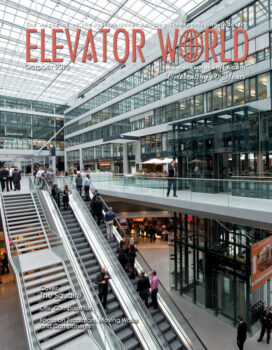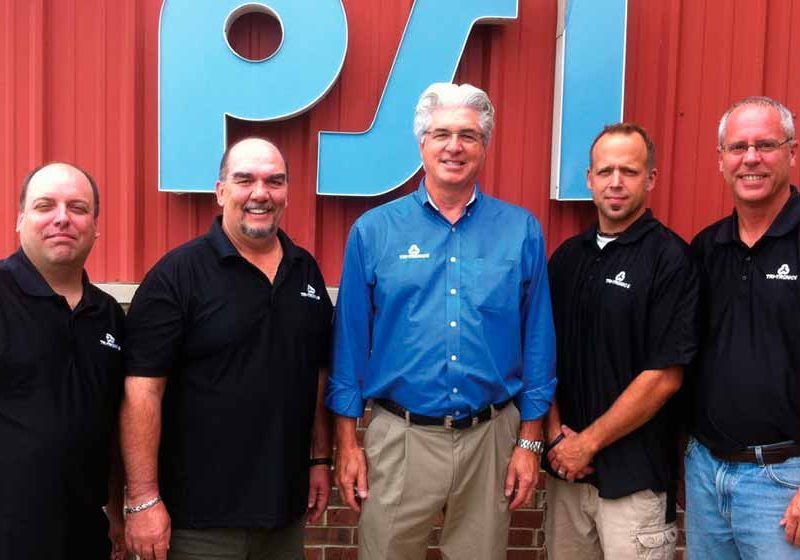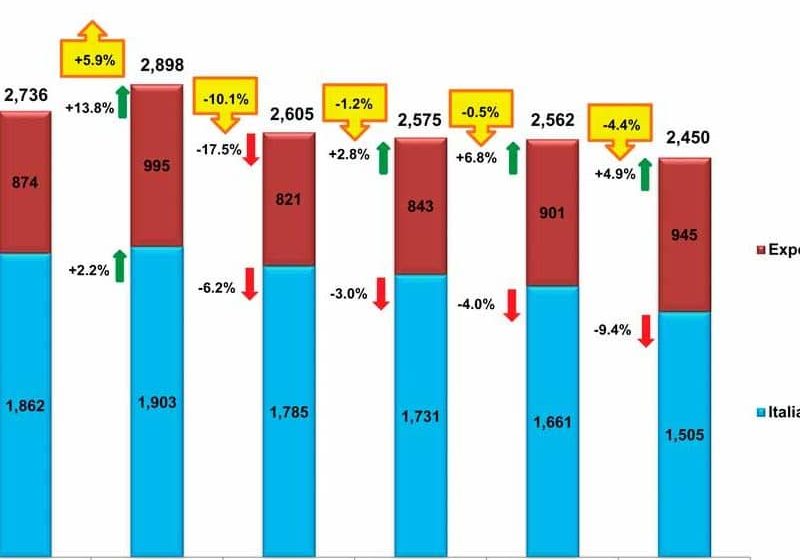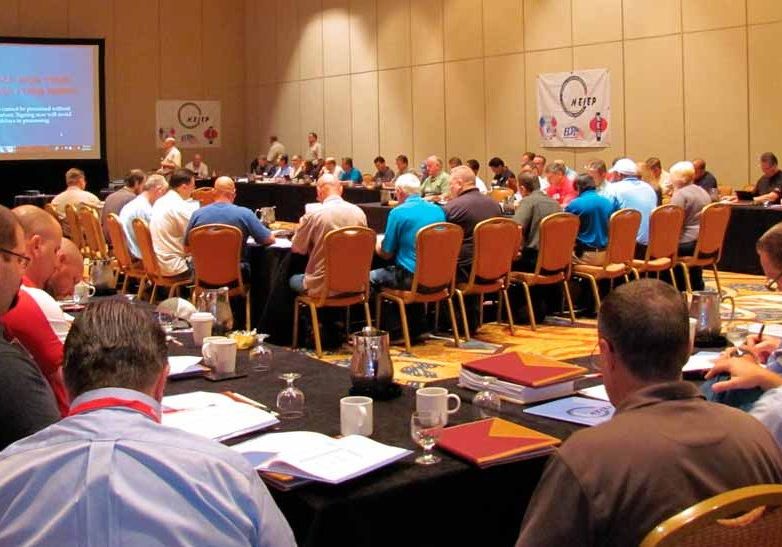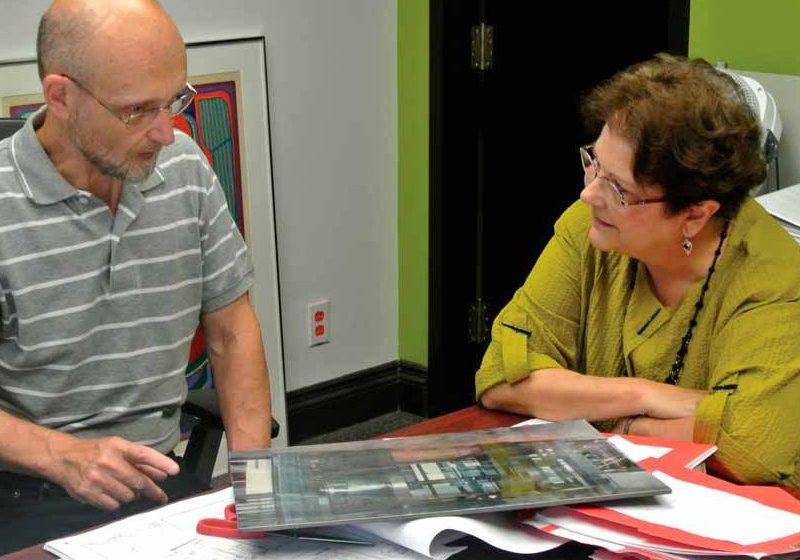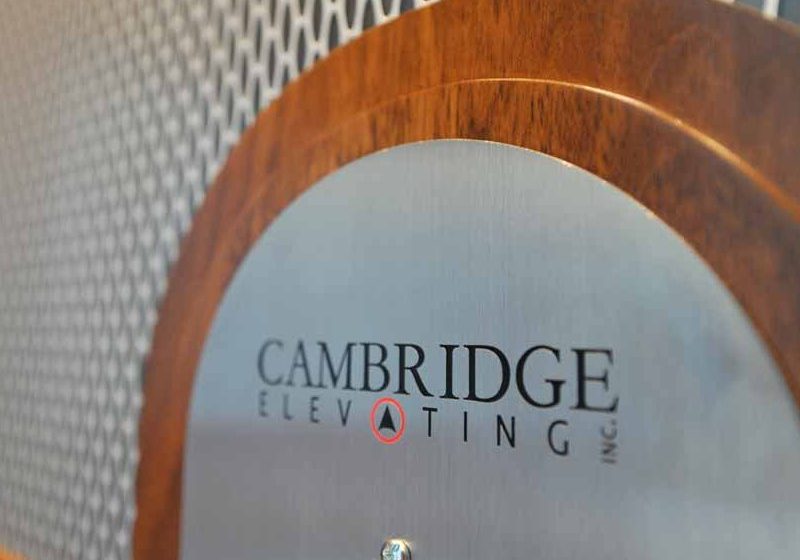Escalator Installations in Europe
Oct 1, 2013

The History
Less than 20 years ago, Europe was the continent with the most escalators produced and installed in the world. All major OEMs had at least one escalator assembly facility in Europe, and certainly, all expertise around escalators was based in Europe. This all seems long ago. Although today, most escalators in the world are assembled and installed in China, there is still a lot of knowhow in Europe. Many major OEMs maintain their R&D Centers in Europe. This R&D of escalators and moving walks has continued to evolve over the years to ensure that safe, high-quality, environmentally friendly and efficient units are available to the market. The installation service is, therefore, crucial to ensure these units are installed to optimize their operational success and longevity.
Traditionally, the European OEMs had their own installation teams and only subcontracted when the workload demanded it. Today, nearly all OEMs in Europe subcontract 100% of their escalator installations. This fact creates an interesting opportunity for organizations that already concentrate on the escalator market and technology and are looking for further expansion possibilities.
The Market
The European market has an installed base of approximately 75,000 units. With declining sales of new units in Europe, which are estimated to be around 4,500 units per year, at first glance, it could be argued that an investment into this service is a risk. However, as most of the European markets are mature ones, it is estimated that approximately 50% of these units are for new projects (meaning that new escalators are being installed for the first time). The other 50% are to replace existing units.
Replacing existing units presents a very particular challenge and skill set, as the existing buildings and structures have to be respected and kept intact. Working in and around existing buildings places a high demand on the installation company to ensure traffic flow is not interrupted and the needs of neighboring buildings are respected. At its best, the buildings and jobsite are easy to access; however, this is not always the case.
The Opportunity
In 2009, EHC Global invested in the setup of a service structure that focuses on the installation of escalators in Europe. “This investment was in direct service of our vision to become a multi-service and -component supplier to the escalator manufacturers in Europe,” said Norman Rosnersky, managing director of EHC in Europe. Starting in Spain, EHC quickly expanded this service to France and, since the beginning of 2013, to Germany and the rest of Europe.
Rosnersky reported:
“Installing escalators is not an easy undertaking, and safety is the most important aspect during the entire process. You can only do this with the very best people, and EHC was able to quickly develop its team through the addition of real experts in the field.”
With its investment in Spain, EHC gained the experience of Abraham Lera and Alfonso Molina, who have installed hundreds of escalators throughout Spain, most notably 54 units for the metro in Seville. In France, EHC was able to gain the experience of Francois Levy, a veteran with more than 40 years of experience in this field. Niyazi Yildiz, who worked for 20 years as the installation manager for a major OEM, joined the team in Germany in January. Yildiz’s mission is to continue helping build up the teams and harmonize the processes throughout Europe.
“This team is a synergy of people with an academic background and hands-on experience from the ‘other side,’” Rosnersky says. As an example, Yildiz worked successfully for many years as a representative of a large OEM with escalator-installation companies around the world. Rosnersky continued:
“It is our ultimate goal to become the undisputed leader in this field in Europe. Currently, no one else has the structure and setup with national representations and teams. All our teams will be working to the same standards, with the same processes, and we continue to improve on these through training, intense communication and exchanges with the customers and teams on site.”
The Installation Process
The installation process can be described in three major parts, which all have very detailed processes in themselves.
Part One: Jobsite Preparation
The preparation of the jobsite can only be completed after a site visit and complete understanding of customer expectations. It is then determined which method and equipment (cranes, forklifts, etc.) are needed. EHC uses computer-aided-design planning software and stress calculation with ANSYS® to determine the best, but safest and most economical installation process. Once this has been determined, the applicable permissions must be obtained.
Part Two: The Installation Process
EHC takes over the jobsite at the beginning of the installation process. The role of the site supervisor during this process is crucial, as this person must have a complete understanding of all aspects of the site and serve as the link between the customer and installation team. The jobsite is first set up with tools and equipment for a safe installation. Then, after the escalator is unloaded, it is transported and hoisted into position. The hoisting is a particularly challenging part and really depends on the circumstances of the jobsite and building structures. There are three major methods by which to place an escalator in its final position. It is possible that all three methods have to be employed at a single jobsite, depending on circumstances.
The first (and so-called “easiest”) method is to unload the escalator from the delivery truck, put it onto two (one on each side) heavy-duty roller cages and hoist it into position after having affixed the escalator to holes in the building above the unit’s final position. The challenge of this method is that each hole has to be able to carry a load of at least 50 kN. Of course, this is neither recommended nor allowed in some of Europe’s historic buildings.
The second method is to use a set of A-frames with high-profile steel crossbeams over the lower and upper landing of the escalator. Here, again, the challenge is to determine the correct weight that resists the weight of the escalator compared to that of the building structure. In general, it may be said that the entry to the building should be at least be 3.5 m2. Of course, this is not always the case, particularly in Europe, where many streets, buildings and entries are built very narrowly. At a recently completed jobsite in the old part of Barcelona, the width of the street was just over 3 m. Still, installation was successful, thanks to the creativity of the planning team and good communication among the installation company, OEM and the general contractor.
The third method is completed with the help of a heavy-duty crane. This is the most spectacular and fastest technique, where the escalators are lifted into the building through the still-open roof of a new construction site and put into place one after another. In general, this is only an option when buildings are being newly built. Sometimes, however, the installation company and escalator OEM are able to convince the building owner that opening the roof of the building is more economical than inserting the escalator through the hole-hoisting and/or A-frame methods.
Once the escalator is in position, it must be leveled before final assembly can start. After the assembly process, there is a test run, a final cleaning and preparation for the handover.
Part Three: The Handover
EHC has developed a set of documents that summarize all the pertinent facts of the jobsite for the customer. A set of test documents and a completion certificate are also given to the customer, and, if desired, EHC can assist the escalator manufacturer with the handover to its final customer. For all these tasks, there are several very distinguished skill levels needed. EHC has developed a comprehensive training plan for its team that is supported by more than 30 people around Europe.
Summary
Installing escalators is a true but rewarding challenge. It requires a dedicated team of professionals who are passionate about their job. No one jobsite is the same, and, as mentioned by Sebastien Heijn, managing director of EHC’s representation in France: “Safety is always first, and it is a real pleasure to see when the jobs get completed well and on time. It is also certainly an eye catcher for others who are not in the industry. When escalators are installed, people in the street stop and watch. It is probably the time when an escalator gets the most attention from the public. We’ve even made it on to French television.”
Get more of Elevator World. Sign up for our free e-newsletter.

